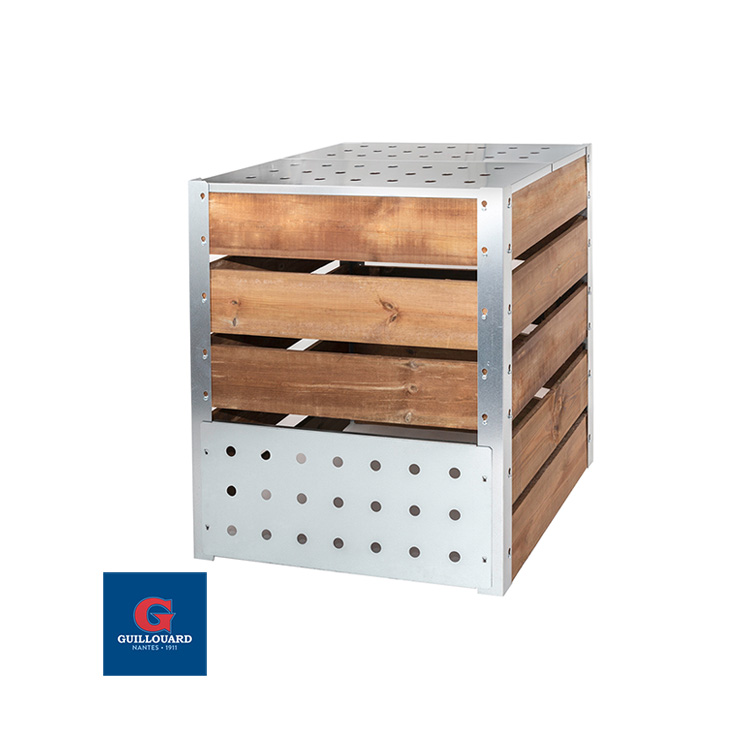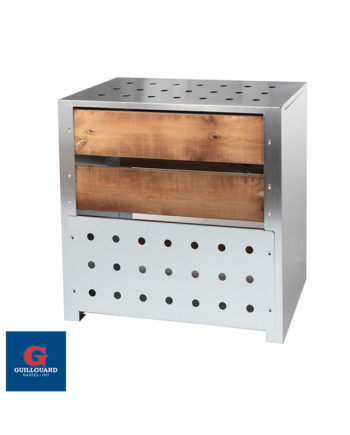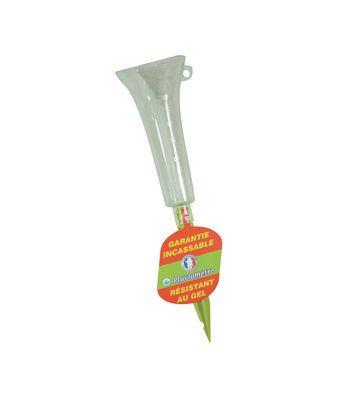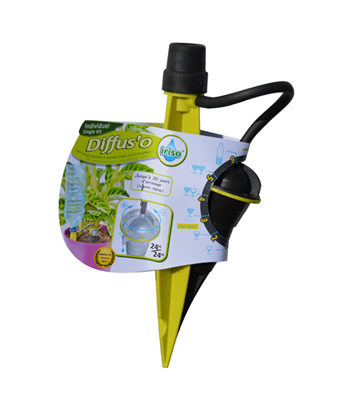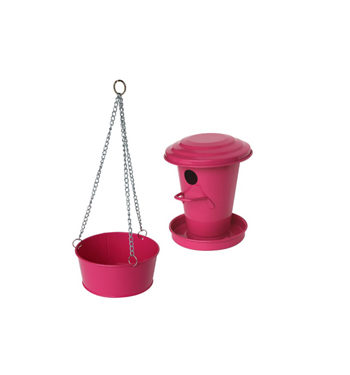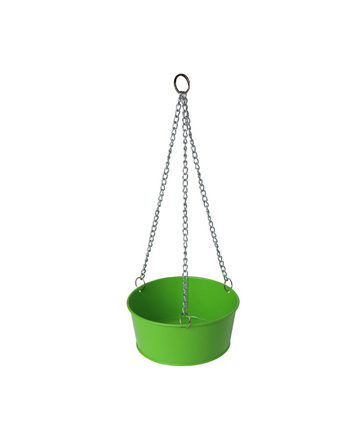Compost Silo of 470 liters
Compost Silo Guillouard (composting of household waste) of 470 liters
– Feet, trap door and covers in galvanized steel
– Class 4 Treated wood in an autoclave (perfectly suited to this application)
– Cover in two parts, pierced to foster good humidification.
– Large recovery door.
– Large capacity of 470 liters. Dimensions: 75cm x 75cm height 90cm
– Ventilation facilitated by large spacing.
– Requires no compost accelerator
– Mounting system quickly and easily. (Pre-mounted screws)
– French Manufacturing. Registered design. Instruction provided in English

By helping you with the seal assembly plan, you should assemble your
composter in minutes. Once assembled, lightly tighten
the screws with a Phillips screwdriver. It will be much more stable.
With your composter, waste are transformed in the presence
water and oxygen under the action of microorganisms in a product
comparable to our forest humus: compost. The compost will be
an amendment to your soil quality: it will increase the stock of humus
and improve its fertility. In addition, it allows you to reduce your production
household waste and help preserve the environment.
All organic waste is compostable: grass clippings, leaves,
faded flowers, wood ash, sawdust shavings, vegetable peelings,
egg shells, coffee grounds, leftovers, spoiled fruits and vegetables
You must blend together the different types of waste for a
good compost. Some wastes are difficult to compost: cabbage stalks,
tomato or pumpkin seeds, kernels, bone, branches. But you can
cut, crush, grind or put them through several rounds of composting.
Plastics, metals, glass are not compostable.
Caution: Do not introduce hot ashes or embers!
Place your composter preferably in the shade, sheltered from the wind,
at even the earth, on a non flooding flat . Do not over compress your
compost to ensure adequate ventilation and check from time to time that
it’s remaining moist.
After 4 to 6 months of fermentation, your compost will be uniform in color
dark and you’ll be not able to identify the waste departure texture.
the texture will be fine and crumbly, it will have a pleasant earthy smell
of the forest. You’ll can spread it (1 to 5 liters per m²) and incorporate
it into the soil by hoeing or sift it and prepare your loam by mixing it
with soil and sand (one third each for potted plants).
Classes of wood:
Class 2: wood under cover, with occasional condensation (frames,…)
Class 3: exterior wood without soil contact (windows,siding,…)
Class 4: exterior wood with contact with the ground or water (piles,pontoons,…)
Class 5: wood in contact with sea water
Some woods, often dense, are naturally Class 4. Many wooden exotic have
good characteristics. But for most of the wood, treatment is needed.
The wood used:
The wood used is pine, treated class 4 autoclave
The autoclave treatment:
The autoclave treatment is a process of vacuum-pressure-vacuum.
After loading timber in the autoclave, there is a vacuum and then filled with
a solution of treatment. Then all is under pressure. The cells of the wood are
saturated by the solution. The product is removed and a vacuum to evacuate
all excess before removing the timber from the autoclave.
The treatment product:
The product used is ACQ, a product of preventative treatment of wood
(without arsenic), environmentally advanced, made from copper and ammonia.
Copper is an excellent fungicide, that protects against rot and mold.
(Copper is also used by farmers “bio” to protect their crops against diseases).
The Quat (short for quaternary ammonium compound) is a disinfectant that
protects the wood against the attacks of boring insects, including termites.
THE Quat (or benzalkonium chloride) is a substance used in many
applications, including household cleaners, the pool asepticizer, and
especially hospitals sanitizers, or Tricosteril or Mercryl.
We use wood that has been certified PEFC (Programme for Endorsement of
Forest Certification)

